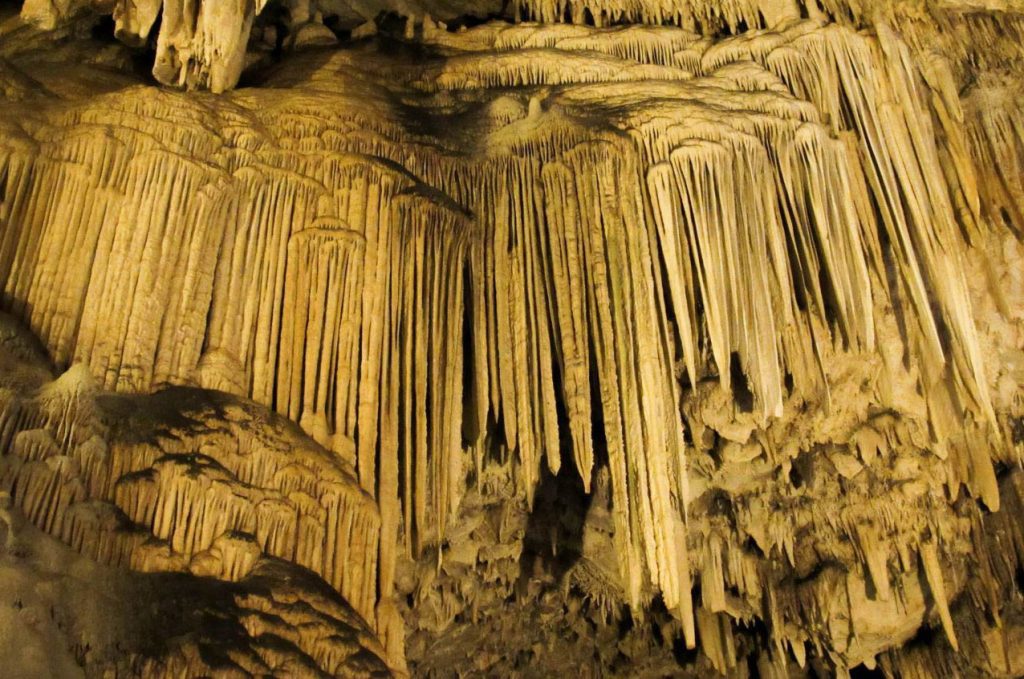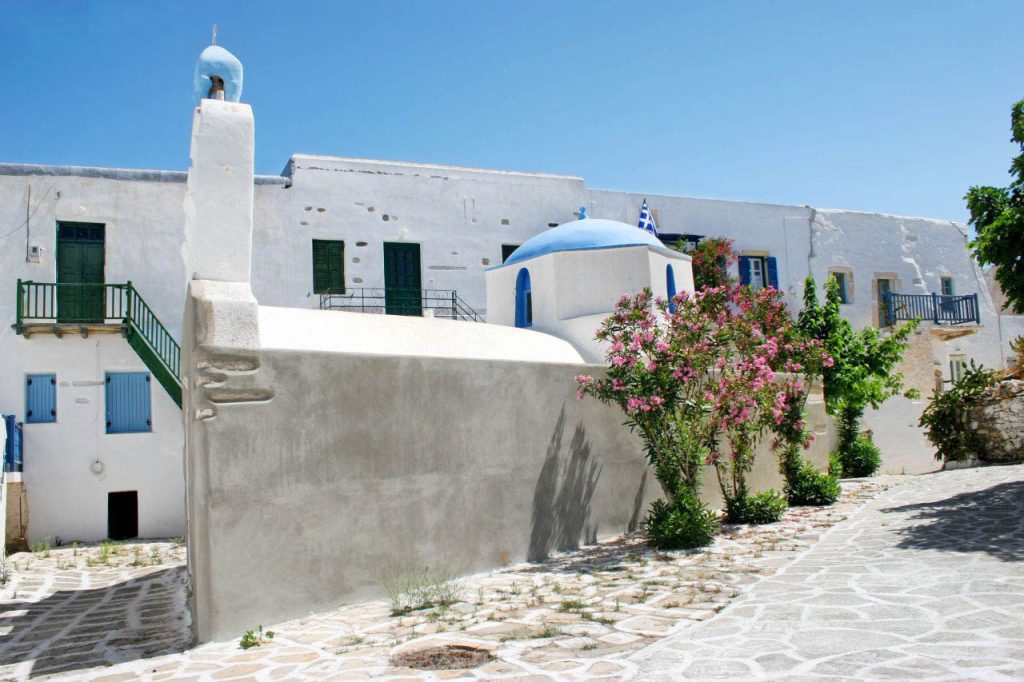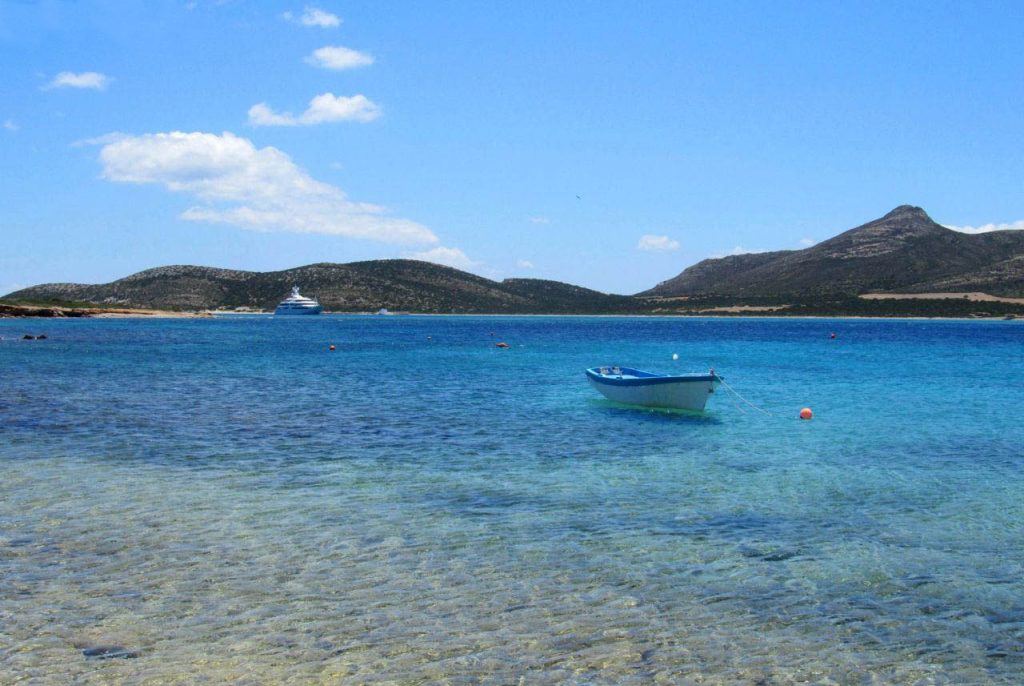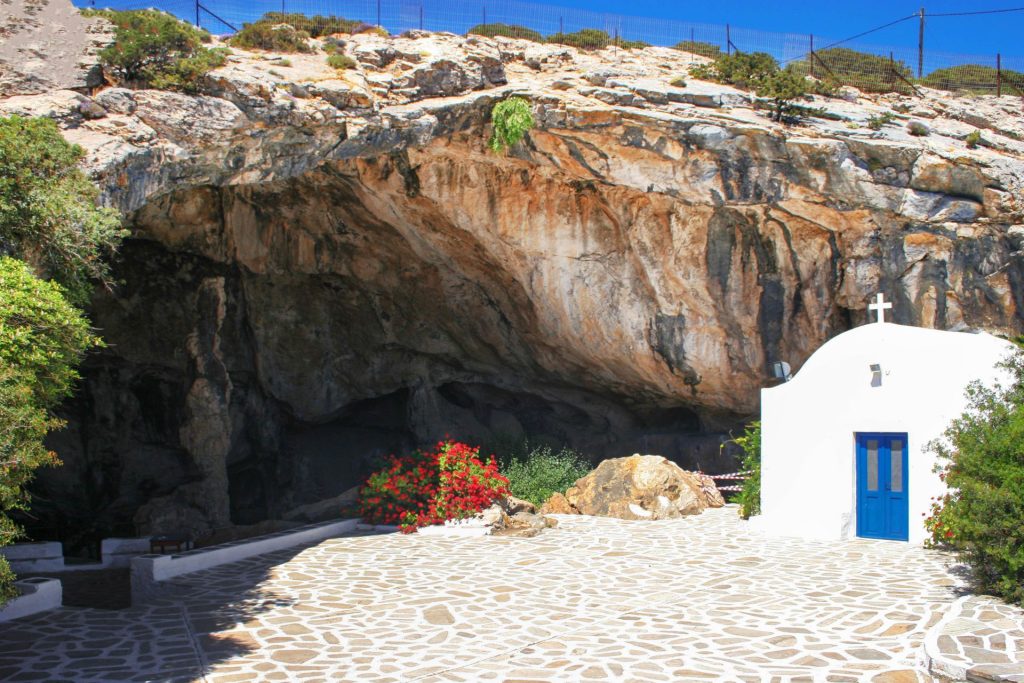Antiparos island is a small island of the Cyclades, close to Paros. The main city is found on the north-western tip of the island and is called Antiparos, although it is also known as Kastro. In spite of being small, it has many attractions that assure a good quantity of tourists every year. In fact, the entertainment offered is so varied that it can fulfill the requests of different age ranges, not only during the daytime but also in terms of nightlife.
Regarding its beaches, there is a good number of small and picturesque coasts. One of the main places of interest in Antiparos is its famous cave, dating from ancient years. This cave keeps its stalactites and stalagmites, although, during the war that took place from 1700 to 1774, Russian soldiers cut many of them in order to keep them as souvenirs, the same as the Italian soldiers during the 2nd World War. The cave also has some inscriptions, among which some names that can still be discerned.
Antiparos has also many artistic and cultural events that include exhibitions, plays, literary readings, dance performances, and concerts. There are interesting seminars and art lessons available during the whole year as well. Regarding the celebrations, the island observes many festivals: on May 7th, June 23rd and 24th, and September 7th among others.



